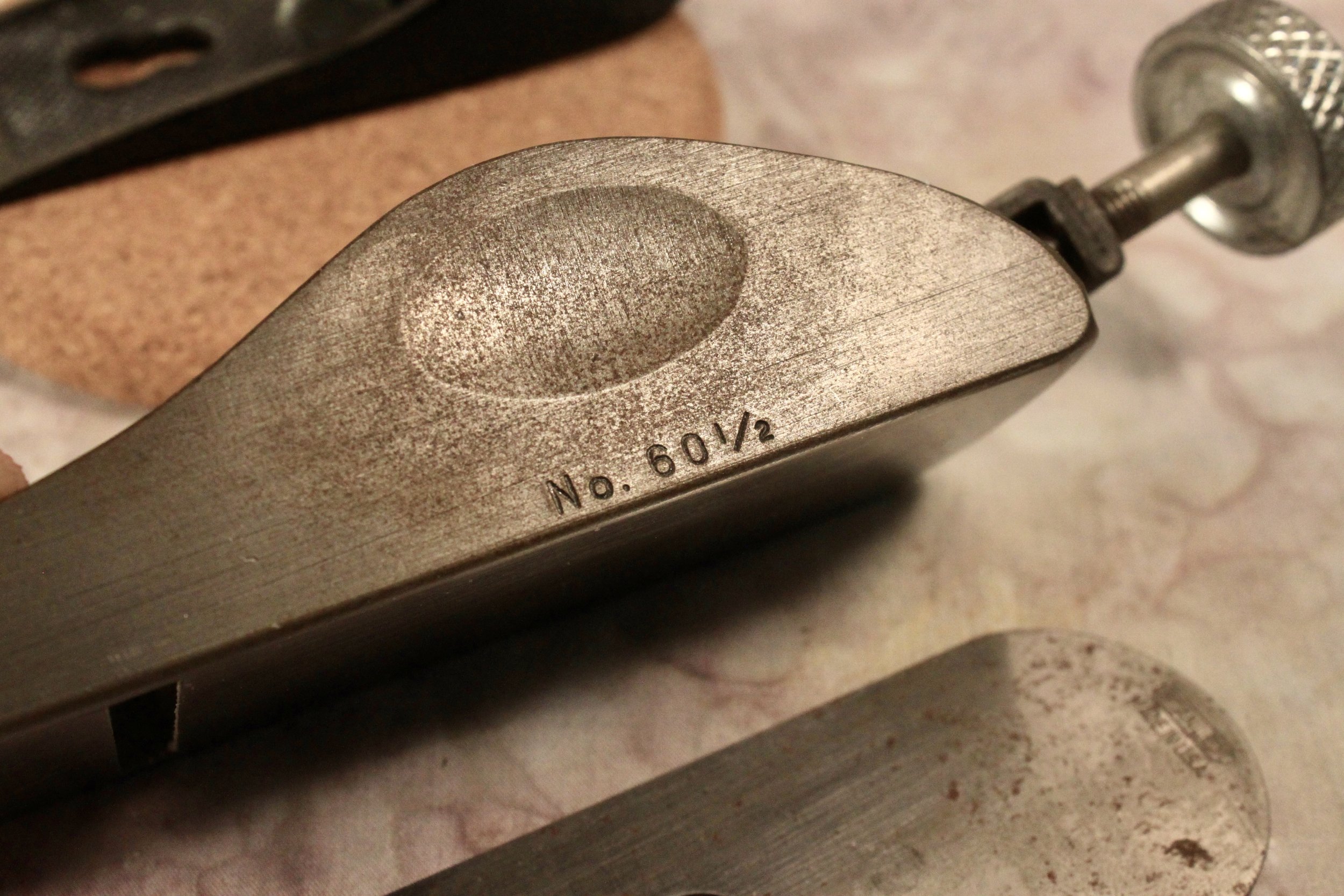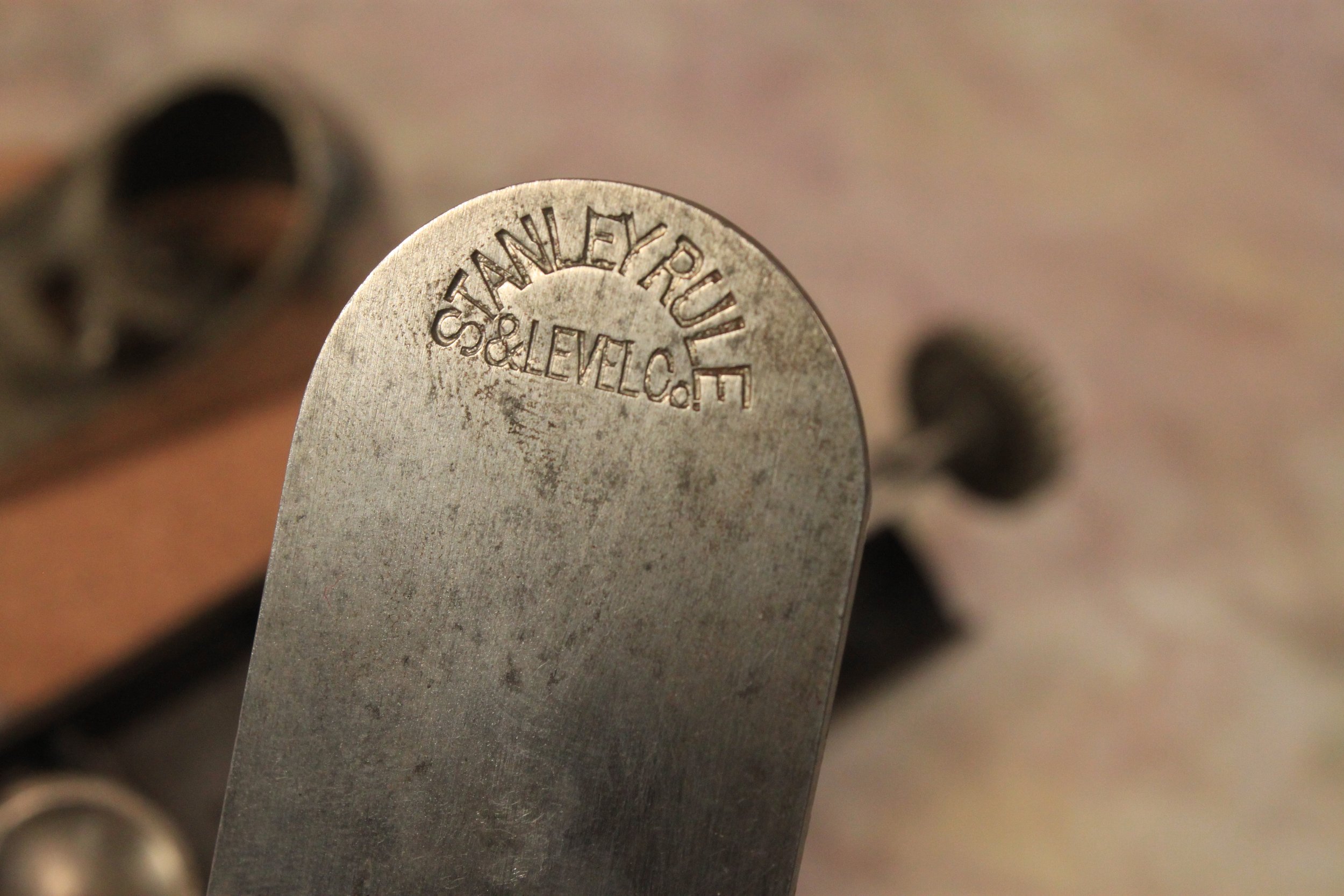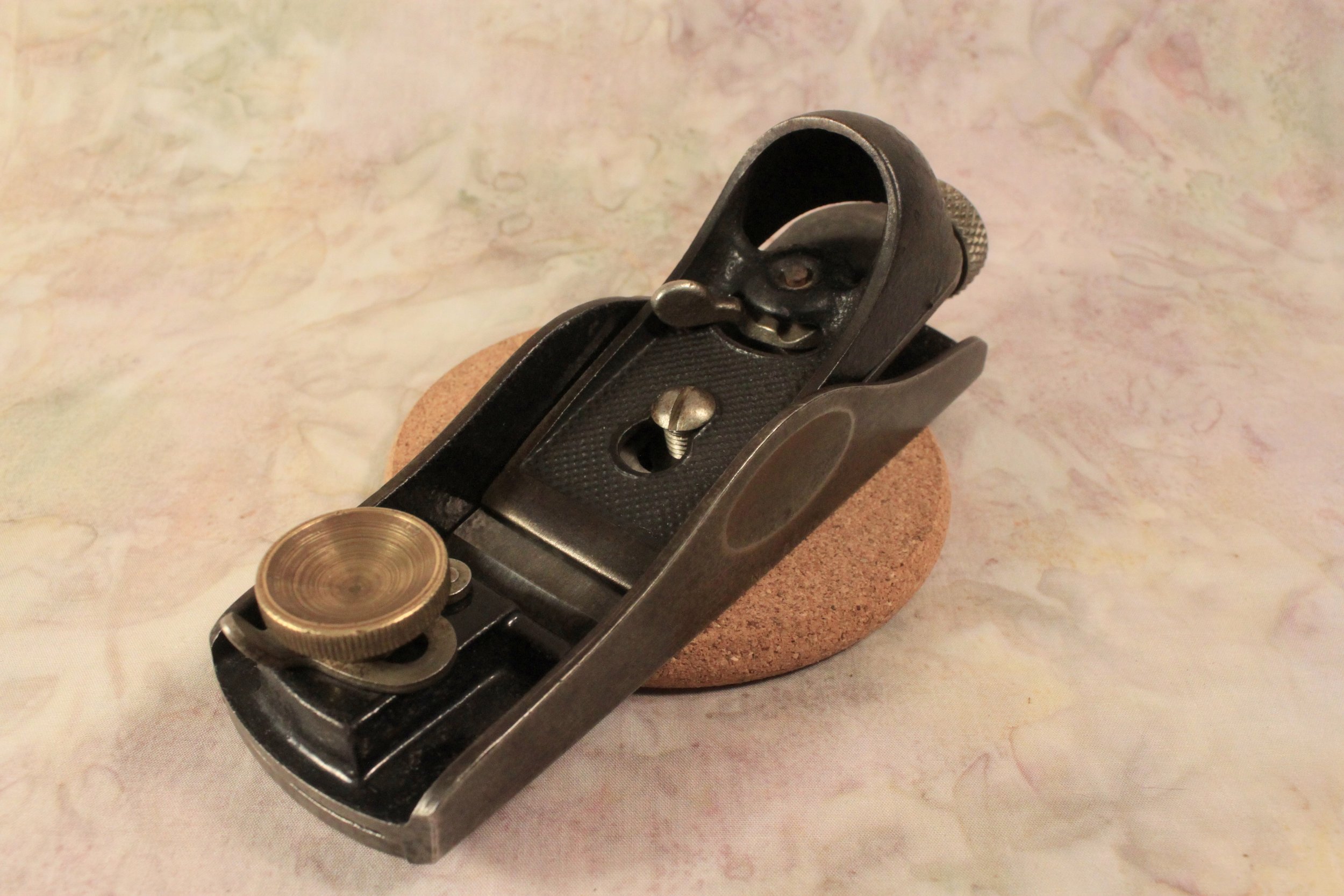
Low Angle Block Planes
It’s with tools we shape our vision. Like a photographers camera or a painters brush
Part of me constantly revolves around the low angle block plane. My grandpas 60 1/2 was gifted to me by my uncle. I dove into the history becoming a little obsessed. When old heads are talking about the good ones, these are what they mean. Thick casting, large bedding surface, and forged parts make these worlds better than later versions.

This Stanley 60 1/2 will always be at the top of my list. It was my first and it was my Grandpas. A local contractor who build the nicest houses on the North Shore of Lake Superior. It has worked a full life. now a days it rests where I see and enjoy it every day.

Some daily drivers. The Lie Nielsen No. 102 Low Angle Block plane. Its narrow mouth allows for controlled cuts to be made reliably.


My workhorse material remover. A pre WW2 Stanley 60 1/2 fitted with a Hock Iron. With fine adjustments this plane can do anything I ask.

See that large bedding surface? A lever cap holds the thicker Hock Iron onto more surface area, producing chatter free cuts. Even in reversing grain.
These Hock Irons are the best investment into a block plane. Thicker and made from high carbon steel.

My Rat Rod of a block plane. It started out as a transition era 60 1/2 and has since taken on a whole new personality. I cut the nose and tail, relieved edges, and added a nice bevel leading and trailing edges. Sharpened the iron to shaving sharp and backed the corners off for track free cuts. This plane cuts cleaner than most and fits where others don't. This is my finish plane.

Some curves just fit better.

4 5/8" long 60 1/2. All different sizes of planes. It takes a quiver.


Next are some planes I've collected over the years. First a Stanley 60 made between 1874 and 1884 or about a 145 years old. Probably the oldest tool I have.

1874-1884 Trademark. You probably know this but before Stanley it was the Stanley Rule and Level Co from 1855-1898.

MF 56

Millers Falls 56 followed up Stanley by releasing this 60 1/2 equlivent in 1929.

Early example of a Stanley 60 1/2. Measuring 6" long with a 1 3/8" wide iron.

MF 56, 6" long with a 1 3/8" iron.

Stanley 65 1/2, these measure 7" long with 1 5/8" irons.

